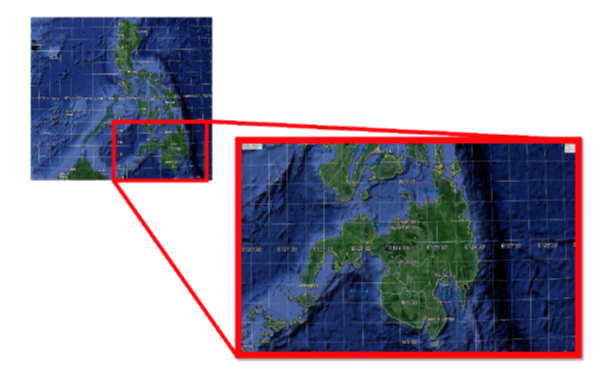


Indian Journal of Science and Technology
Year: 2021, Volume: 14, Issue: 15, Pages: 1177-1183
Original Article
R M Guido1,2*, J Kalaw1,2
1Associate Professor, Center for Astronomy Research and Development, Rizal Technological
University, Mandaluyong City, 1550, Philippines
2Department of Earth and Space Sciences, Rizal Technological University, Mandaluyong City,1550, Philippines. Tel.: +63-927-886-9138
*Corresponding Author
Tel: +63-927-886-9138
Email: [email protected]
Received Date:23 January 2021, Accepted Date:06 April 2021, Published Date:29 April 2021
Background/Objectives: The study aimed to determine the extent of the presence of light pollution dispersal in Mindanao, Philippines that influences bat dispersal. Methods/Statistical analysis: Satellite imagery and radiance data (10-9 W/cm2*sr) from Visible Infrared Imaging Radiometer Suite (VIIRS) were processed using different python codes to identify the pixel count as the extent of light pollution radiance in Mindanao, Philippines from 2012 to 2019. The VIIRS was set at an overlay of 60 transparency levels thru Sky Quality Meter (SQM) at 85 transparency levels for a hybrid base map at an altitude of 100 km to cover the island of Mindanao. Findings: The increase and spread of pixel count as light pollution in the region from 2012 to 2019 have shown significant expanse in the region. Major cities were found to be predominating evidence of light pollution as it stretches from town to town with intensifying pixel counts year by year. Having a strong positive linear relationship as identified R2 value and the increase of pixel counts throughout the parameters of the study is also anticipated that the site shows possible progress towards the community. It shows the increasing radiance and the extreme dispersion on the amount of light being emitted from the ground is critical towards bats dispersion throughout the region. Novelty/Applications: This study fosters evidence the increasing light pollution in a bat-prone region might cause possible bat dispersal related to BtCoV and/or any disease-carrying species present in Mindanao, Philippines.
Keywords: Light Pollution; Bat Dispersal; Mindanao; Philippines
© 2021 Guido & Kalaw.This is an open-access article distributed under the terms of the Creative Commons Attribution License, which permits unrestricted use, distribution, and reproduction in any medium, provided the original author and source are credited. Published By Indian Society for Education and Environment (iSee)
Subscribe now for latest articles and news.